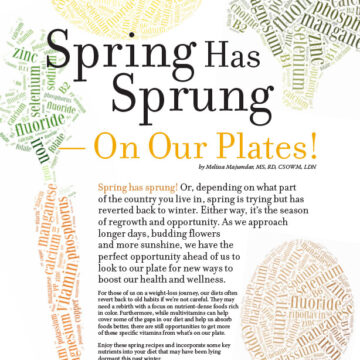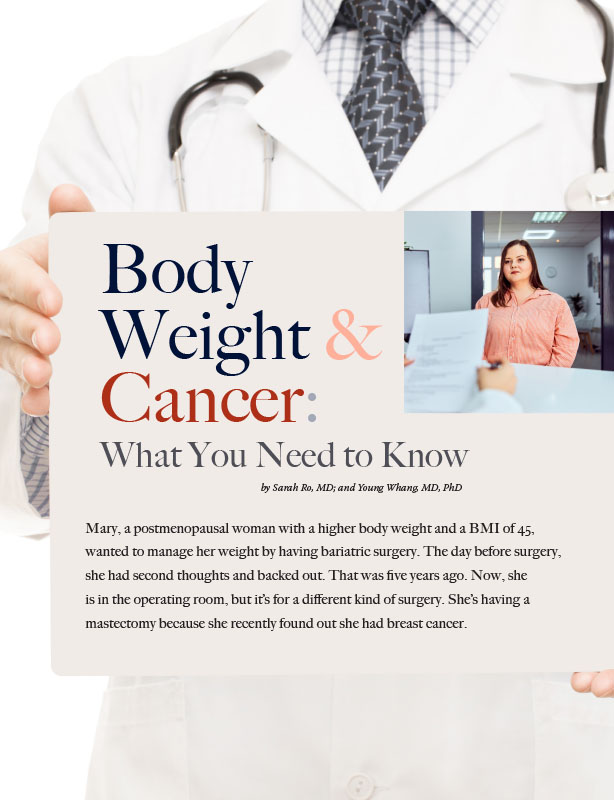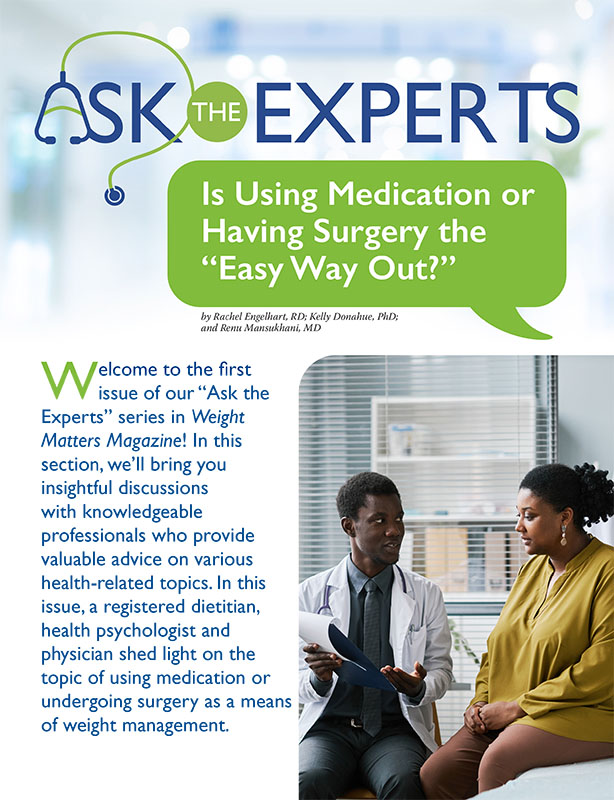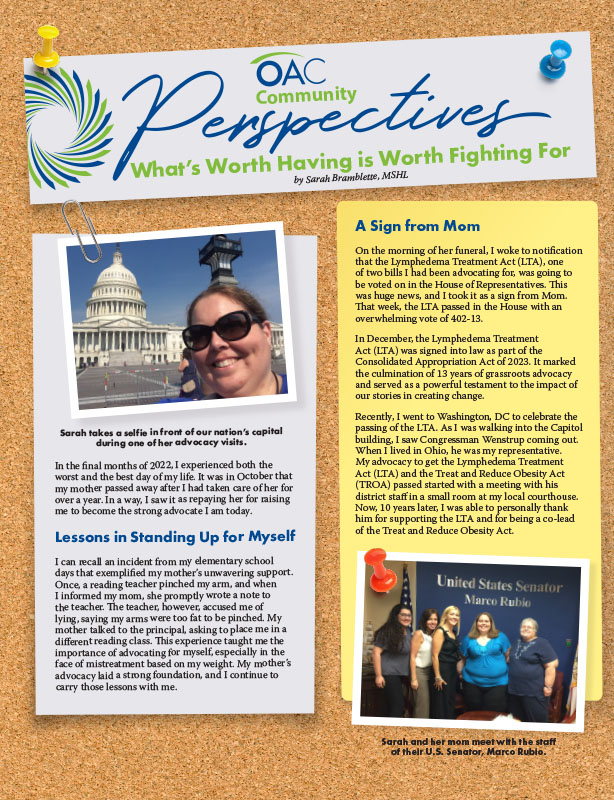Poor Circulation: What Causes it and What Can I Do?

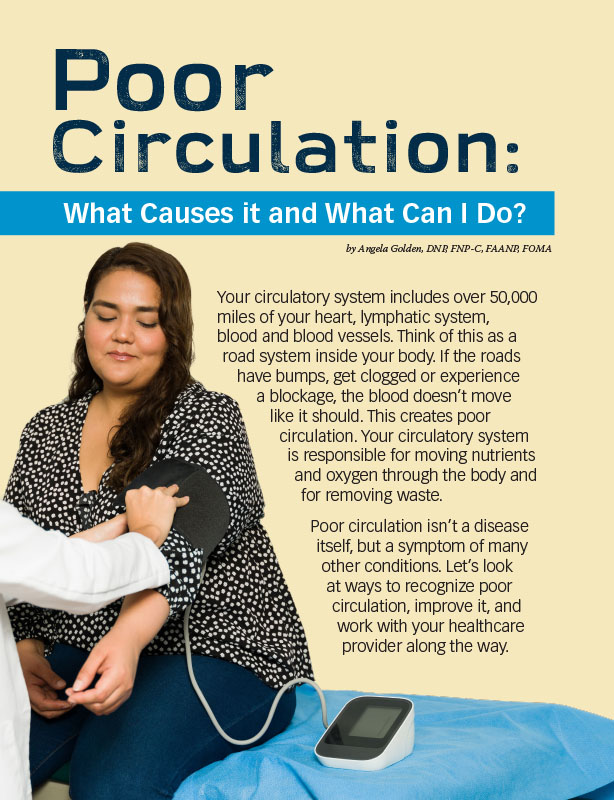
by Angela Golden, DNP, FNP-C, FAANP, FOMA
Spring 2023
Your circulatory system includes over 50,000 miles of your heart, lymphatic system, blood and blood vessels. Think of this as a road system inside your body. If the roads have bumps, get clogged or experience a blockage, the blood doesn’t move like it should. This creates poor circulation. Your circulatory system is responsible for moving nutrients and oxygen through the body and for removing waste.
Poor circulation isn’t a disease itself, but a symptom of many other conditions. Let’s look at ways to recognize poor circulation, improve it, and work with your healthcare provider along the way.
What is Poor Circulation?
Simply put, poor circulation happens when your blood can’t move well through your blood vessels. Symptoms most commonly start in the areas furthest from the heart, like the hands and feet.
The source of the problem can vary. It can be in your arteries, which take oxygen and nutrients to cells; your veins, which bring blood and toxins back to the liver; or your lymphatic system, which drains fluids from your tissue. The problem could also be in your heart or kidneys.
What Are the Causes of Poor Circulation?
- Older age: Those 40 and over are more prone to poor circulation, although it can happen earlier.
- Overweight or obesity: Extra weight adds to the risk of high blood pressure and diabetes. Severe obesity can make blood flow through the veins more difficult, increasing the likelihood of varicose veins (twisted and enlarged). Obesity also increases inflammation, including in the circulatory system.
- High blood pressure: This can weaken the blood vessels.
- Atherosclerosis: This is the plaque-like buildup of facts, cholesterol and other substances in and on the artery walls. Atherosclerosis makes the blood vessels narrower, limiting the ease of blood blow. This can affect the brain, heart and other blood vessels in the body.
- Smoking: This increases the risk of developing atherosclerosis (see definition above).
- High blood sugar: This can harm the inside of your blood vessels and make your blood thicker.
- Blood clots: These reduce blood flow by creating a “roadblock” in your circulatory system. Blood clots can be painful and in severe cases, cause heart attacks and strokes.
- Peripheral artery disease: This causes narrowed or stiffened vessels, making it more difficult for blood to move through the blood vessels to your legs and feet.
- Varicose veins: As mentioned earlier, these are veins that have damage to their walls and have become larger, therefore putting pressure on the one-way valves. The blood can flow backward, and blood doesn’t move efficiently back to the heart.
Common Signs of Poor Circulation
Signs of poor circulation generally include pain, numbness, tingling in the feet, and cold hands and feet. Other signs can be dry skin, brittle nails, wounds (like scrapes) that heal slower, and muscle cramps that may worsen with walking. Men may have trouble getting or keeping an erection.
Varicose veins may appear as tiny lines on the skin that are bluish-purple. They may also appear as veins that are “bulging” when the valves aren’t working. Swelling and edema may also occur when circulation is impaired, especially in the legs.
In critical situations, people with poor circulation could experience chest pain, difficulty breathing or symptoms of a stroke if there is a blockage in an artery. In cases such as these, call 911 and get to a hospital immediately.
How is Poor Circulation Diagnosed?
First, if you are experiencing any of these signs or symptoms, it’s crucial that you make an appointment with your healthcare provider. Poor circulation is often a symptom of another disease or condition, which is why it’s important to communicate with your physician, nurse practitioner or physician associate. Your healthcare provider will ask for your history, do a physical exam and likely run some tests to determine the cause of your symptoms.
Some of those tests include an ultrasound or a special blood pressure test that measures the blood pressure in your arm and leg. More invasive testing may be needed, such as an angiography, CT scan or cardiac stress test. You will also likely need blood tests.
Treatment for Poor Circulation
A healthcare provider will base treatment on what is causing the poor circulation. Procedures may include opening a blocked artery with an angioplasty or bypass, removing a blood clot, or removing problematic varicose veins.
Treating diseases that cause a risk of poor circulation is also a primary focus. This includes addressing overweight and obesity, high blood pressure and diabetes. Your provider may prescribe medications to treat these chronic diseases and recommend compression stockings.
How Can I Prevent Poor Circulation?
- Avoid or stop smoking
- Keep your blood pressure within a healthy range
- Manage your blood sugar
- Discuss your concerns with a healthcare provider
What Treatments Can I Do at Home?
Almost all the recommendations for treating poor circulation are geared toward improving your cardiovascular health. These recommendations are designed to keep the blood flowing easily through the body and to reduce inflammation and damage to the blood vessels.
- Stop smoking.
- Wear compression stockings if recommended by your healthcare provider.
- Eat more vegetables and whole foods to increase your fiber intake. The American Heart Association recommends reducing the amount of saturated fat in your diet and limiting added sodium. If you are being treated for obesity, check with your healthcare provider or dietitian to develop a healthy and sustainable way of eating.
- Drink water. Blood is made of half water, so staying hydrated can help your blood flow.
- Measure your blood pressure at home and aim for a reading at or near 120/80 mmHg. If your reading is higher, make an appointment with your healthcare provider to discuss options.
- Stand up at least once every hour if you sit a lot.
- Walk around if your job has you on your feet most of the day, even if it’s just marching in place.
- Increase your physical activity. Yoga, walking, swimming and biking are just a few exercises that can greatly improve poor circulation.
- Consider getting a mini trampoline. Jumping for 10-15 minutes a day will stimulate your lymphatic system.
- Take baths or showers with hot water or try out a sauna! Hot water and saunas can open up blood vessels for a short period of time. Check with your healthcare provider first to see if they approve of you being in the heat.
Improving Poor Circulation
Poor circulation can be the result of many different diseases or conditions. It’s important to recognize the signs and symptoms of poor circulation and to talk to a healthcare provider if you have concerns.
Once poor circulation has a diagnosed cause, work on a treatment plan with your healthcare provider and look at what measures you can take at home to help. Just pick one or two to start with. You can work toward better circulation in many ways and improve your overall health in the process.
About the Author:
Angela Golden, DNP, FNP-C, FAANP, FOMA, is the past president of the American Association of Nurse Practitioners (AANP). She is a current fellow of AANP and the Obesity Medicine Association (OMA). Angela owns NP Obesity Treatment Clinic in Flagstaff, Arizona, where she provides evidence-based obesity treatment. She earned the OMA’s NP/PA Certificate of Advanced Clinical Education and the Specialist Certification of Obesity Professional Education, both of which are internationally recognized certifications.
by Sarah Ro, MD; and Young Whang, MD, PhD Fall 2023 Mary, a postmenopausal woman with a…
Read Articleby Rachel Engelhart, RD; Kelly Donahue, PhD; and Renu Mansukhani, MD Summer 2023 Welcome to the first…
Read Articleby Sarah Bramblette, MSHL Summer 2023 In the final months of 2022, I experienced both the worst…
Read Article




